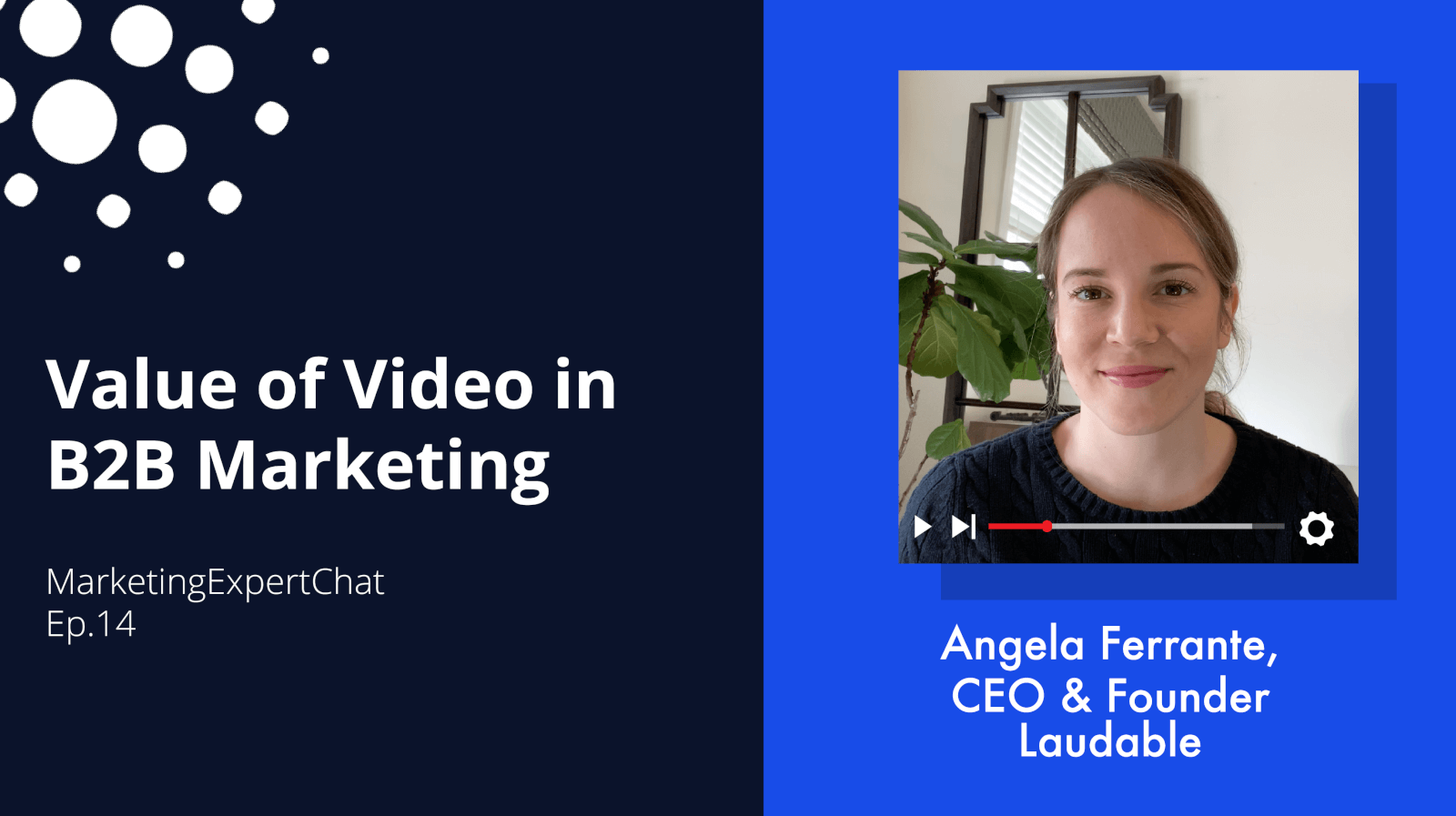Developing a brand voice for your company is a free and reliable method of improving your growth marketing efforts and attracting the right kind of customers. Whether you’re starting a new company or looking to refresh the branding of an existing, well-established organization, all it takes is a few hours of brainstorming with the top decision-makers to settle on the direction of your brand’s voice.
Develop the Ideal Brand Voice in Growth Marketing
Daenya McDonald, Marketing Manager for Clinical Research IO, breaks down the four elements of developing a brand voice:
- Character: The way the voice is represented in terms of appearance and personality.
- Purpose: The goals and aims of the character, which should be conveyed clearly to the audience.
- Tone: The expression of your brand through positioning and frequency, which vary from situation to situation
- Language: The actual words your brand uses to express itself in its content, which can be formal, casual, etc.
Brand Voice Across All Growth Marketing Platforms
Daenya’s extensive experience and advice provide actionable steps for those who are working for a company in the phases of identifying brand and voice. And if you’re a marketer working for a well-established organization, her insights are an invaluable refresher on how to ensure all brand elements are up to date and consistent.
Regardless of the stage of your company, be sure the brand voice is documented in writing accompanied by several examples, so all marketing, sales, content, and messaging efforts can be consistent and unified across all platforms.
Tune in now to better understand the weight an effective, cohesive brand voice can carry in your marketing and sales processes.
Video Transcript:
CAROLINE: Hi today, I’m here with Daenya McDonald. Daenya is a marketing manager for ClinicalResearch.io and she is a fantastic brand advocate and she loves to create brands and creates really good brand voices. And she is now in a very technical space. And she’s gonna talk to us about building brands in a technical space and why it’s so important. Daenya, thank you so much for being with me today.
DAENYA: Thank you so much for having me, Caroline. Okay, so I’m really excited to talk about brand voice today.
So, the brand voice refers to the character, the purpose, the tone and the language that a company uses to communicate with its customers. And it’s essential for forming the foundation of a very strong and durable brand. Particularly post-pandemic, a lot of the channels that we use to communicate with customers has sort of dried up. And so, it becomes more important than ever that you have a distinguishable brand voice. Especially to improve the customer experience which is already on the forefront of the digital transformation initiatives for a lot of companies. You wanna maintain connection, you want to deliver the appropriate message at the appropriate time. You wanna unify all of your data and deliver consistent, personalized communications. The reason it’s important is because customers get attached to businesses that they relate to on a human level. And so, when you develop your brand voice, you develop a language that you can speak to potential customers with. And a strong brand voice will also leave a lasting impression and it will establish these ongoing relationships with your current and potential clients. So, brand voice is divided into four pieces. The character, purpose, tone and language.
So, your character is broken down into two distinct elements. It’s all the visual, it’s your appearance and it’s your personality. So, you want to think about things like your logos, what your logo looks like, the colors in your logo and the emotional responses that that elicits in people. You also want to think about all of the images on your website, right? Or all of your collateral as well, including your headshots. So just depending on the personality of your company, you want to give that a little bit of thought. Like should your headshots have big personality or should they be a little bit more formal? It really does speak to the personality of your company.
Second is purpose. So, you also want to give some consideration to your mission, your vision, the unique values of your company, the primary benefits of your company. And perhaps I should have mentioned to begin with, that you don’t need a lot of money to figure out the elements of your brand voice. You just need to get a small group together, the primary decision makers in your company, to kind of discuss the personality of your company. And everyone kind of plays a role from sales to operations to HR and it all kind of spills into each other. But this is a small exercise, it could take two to four hours. I would recommend a group of no more than six. So, you’ll discuss your character, you’ll discuss your purpose and then there’s tone.
Tone is a little bit different from voice. You wanna think of voice… Your voice is usually the same, but your tone changes depending on the situation. So, whether you’re happy, whether you’re excited, whether you’ve got some bad news. And it’s the same in business, you’ll want to have a different tone for your… You’ll want to pay attention to your tone for your sales process, for your corporate communications, for your crisis communications. And all of it really matters for you to stand out and be remembered for all the right reasons. You want to be able to hit the right tone and you want to define that in advance.
Language refers to how formal you want to communicate with your customers. Are you authoritative? Are you funny? Are you knowledgeable? You want to give some real consideration to the language that you’re using in your social media and your corporate communications, just everywhere that a potential customer or a current customer’s eyes may wander and really give, outline and define these pieces.
And what I also recommend is that you get it down on a sheet of paper and you get some examples there as well. Because today it might not seem so important to you but if you’re looking to scale and grow your company, and you start working with graphic designers or you start sending out press releases or you want to refresh your website, anyone that you’re working with, they’re going to ask for your brand guidelines. So, you do want… This is definitely an exercise that you want to take whether you’re small or medium sized companies. In my experience, I realized that a lot of companies may not… Like they understand that the brand voice is important, but a lot of companies have not taken the effort to really define it and outline it, take a look at the typography and make sure that these elements are consistent across the board.
And at the end of the day, a cohesive brand voice would really attract the ideal clients to you. You’re vibrating on the same levels, you really want to vet your customers to make sure that they’re the right client for you. Especially if you’re in the B2B sphere, you want to have real partners, more than just customers, more than just clients. You want to create partnerships and the brand voice will help you get there faster.
CAROLINE: Right, right. And I think, I can relate with a lot of the things that you mentioned, especially on the consistency side. And also, something that I’ve noticed is that if people don’t do this, don’t go through the exercise and think through what the brand voice should be like, kind of everybody in the company will default to what they feel it should be like. And first of all, it can be totally different from each other and inconsistent, but it can also be very unproductive, because it’s won’t resonate with the audience. So-
DAENYA: Well, there’s a piece of that too, that ties into your recruitment strategy. Which is why I also recommend that you get, whoever is responsible for hiring into the room. Because you do want that voice to be consistent across the board. It really does build trust and it really creates… It really positions you to be an authority on whatever it is, whatever your industry is, whatever your business is, it really allows you to develop your company culture. You know Caroline, I’m sure that you’ll agree, company culture should be by design and not by default, not be an accident. And all the employees, you want to create an army of brand ambassadors for your company.
So there has to be internal alignment with what that looks like. And how would that sound, and how we really communicate and connect, make these connections with our customers. So, absolutely the brand voice is important internally and externally. And it really does allow you to create ambassadors internally and externally. Which is what I think that every company is aspiring for, for people to be animated, and excited and passionate about their brands. And that’s why the mission is really important, your purpose is really important.
And you tie these all together, and it really does create a good foundation, not just for your brand voice, not just for your brand’s identity, but for your all-around company culture. I think that this is a very good exercise to build and create. I think that this should be probably one of your first steps if you’re thinking about like going for a ‘great place to work’ award or recognition for your company. I think that this is something that you should check off the list immediately, because once we’re all in agreement with what the brand identity is, that really animates these people about being a part of a company. So, it’s a separate conversation, but you also want to get recognition for your company and get a ‘great place to work’ award or certification, or a ‘best place to work’ certification. It’s kind of a no brainer, and it’s easy when your entire company is on the same page with what that should look like with what’s exciting about the company.
CAROLINE: Right, exactly. So, everybody should block a time on their calendar right now, 4-6 hours, six people, do it.
DAENYA: Do it! It’s an exercise that your future self will thank you for, absolutely.
CAROLINE: Definitely. Well, thank you so much, Daenya, that was great, thank you for spending the time.
DAENYA: Thank you for having me, Caroline.






